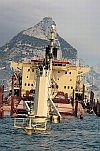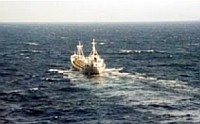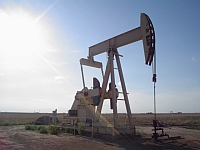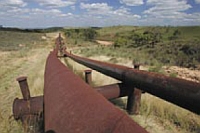2. Oil Pollution
How does oil get into the seas?
The graphic below shows the percentage of oil input to the sea through ships and other sea based activities as well as oil from natural sources (seeps).
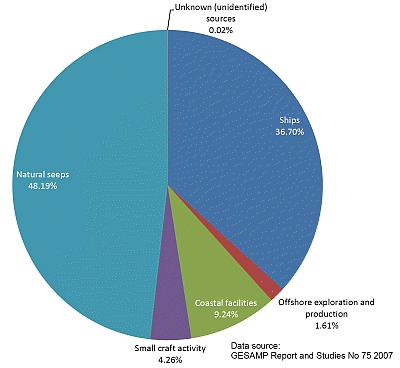
Data source: GESAMP Report and Studies No 75 (2007)
Approximately 165,000 tonnes of oil per year are spillt into the sea following shipping accidents. This is equivalent to 13.25% of the total amount of oil input to the sea through sea based activities.
Another 206,000 tonnes of oil (16.54%) are released each year due to routine
operational discharges; 186,000 tonnes (14.94%) of which is fuel sludge from vessels.
Other sources of oil input to the sea by ships includes deliberate dumping of waste oil.
Although it may be difficult to imagine, most of the oil input to the marine environment (about 70%) actually originates from land based activities!
Many spillages of oil and petroleum products occur every day all over the world, when filling, emptying and cleaning tanks or pipes, or in the everyday running of factories, pipelines, or oil wells on land. These spills may result from technical failure, negligence, vandalism, accidents or armed conflict.
After a spill, the majority of the product evaporates and the rest is biodegraded during its journey as run-off or through the sewer or drainage system. Other more persistent substances may end up in the sea, where they contribute to shoreline pollution by forming sheen, tar balls and patches.
